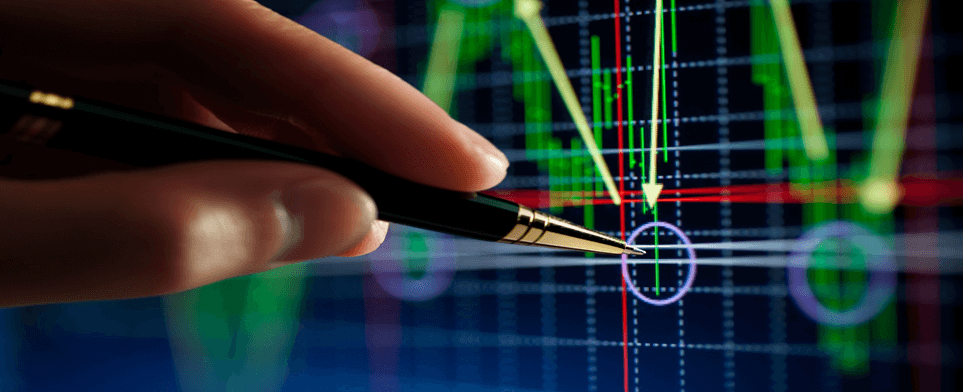AtoZ Markets – At the beginning of your trade career, you will need four main basic things. First, a proper Forex education is required in order to be confident and succeed in Forex. The second vital thing is the genuine desire for trading because nothing builds success more effectively than a passion for what you do. The third important thing for successful Forex trading career – finding the right (read reliable) Forex broker to trade with. The last, but not the least, the proper Forex trading tools. They will play a big role in determining the success of your Forex journey.
Forex price charts: Basics
Today, we will concentrate on the last thing – Forex tools. More specifically, we will discuss 4 main types of Forex price charts, and we will talk about how to use Forex price charts. First things first, why Forex charts are so important?
Forex charts are the most fundamental tool that traders use when analyzing the price action of currency pairs. Moreover, traders utilize charts to view currency rate historical data. They can make forecasts about future currency price shifts with aid of Forex price charts. Technical Forex analysts use Forex price charts by monitoring the charts in the time of the actual economic/political event occurrence. Afterward, they analyze how the price moved on the chart. The fundamental Forex traders are mostly focusing on the analysis of price trends that are occurring on the price charts and then connecting the movements to the macro events in the global economic/political world.
There are a number of Forex price charts types that are available for traders globally. Yet, the choice of the particular chart is fully dependent on the trader and his/her trading style.
Want to trade Forex with a regulated broker? Open a free account with AtoZ Markets approved forex brokers:



What are the benefits of Forex price charts?
Some of the Forex price charts benefits include:
- They aid understand the realities of the global Forex market environment and its mechanism;
- They help to spot the Forex market patterns and certain trends;
- They are the fundamental tool for implementing both fundamental and technical market analyses.
How to Use Forex Price Charts
In order for you to learn How to use Forex price charts, first, you need to understand some important principles:
- Support and resistance price levels in Forex are crucial for the accurate analysis;
- Market indicators play a big role in determining the price trend.
When you will how to use support and resistance price levels in Forex and market indicators to the full advantage, it is time to create your own Forex trading strategy.
See also: A Complete Guide to creating your own Forex trading strategy
Types of Forex price Charts
As of today, the following four charts are the most popular and common among Forex traders.
Line Charts
The line charts are the most basic and fundamental charts in Forex. Line charts are based on market closing exchange rates for every trade session. Moreover, they provide the opportunity to easily spot the resistance and support price levels of the currency price.

Candlestick Charts
The candlestick charts are the most popular in Forex market. Candlestick Chart describes a chart that reflects the price range that moved for a trading instrument, including the opening and closing as well as the highest and lowest price recorded. A shaded rectangle (or true range) is used if the open price is higher than the close price. An empty or un-shaded true range reflects the closing price that is higher than the opening price.

They offer a complex detailed snapshot of the market. Moreover, they are very easy to read.

Want to trade Forex with a regulated broker? Open a free account with AtoZ Markets approved forex brokers:



Bar Charts
There are four elements making up a bar chart: the Open, High, Low, and Close for the selected time period. A bar chart can be based on any time frame from one minute to longer time frames. The height of the bar represents the trading range for the selected period.
The top point represents the highest price for the selected period, and the bottom point represents the lowest price of the selected period. The small dash on the left side of the bar represents the opening price of the selected period and the dash on the right side represents the close of the session.

The Bar charts are the very detailed charts, as they offer the representations of at least three different rates at every instant. These charts provide the price highs, the price lows, and the closing rates. Moreover, some of the bar charts also include the opening rates of currencies.

Point and Figure Charts
The Point and Figure Charts do not offer linear representations of time, unlike most other chart types. These charts disregard price against time and focus only on price activity. However, Point and Figure Charts are also based on the price of currency.

How to read Forex price charts?
Now, when you know about the benefits and types of the Forex price charts, it is time to understand how to read these charts. Below, you will find the step-by-step guide to reading Forex price charts.
1. Understand long/short principles
Let’s imagine you are longing the position, that is, you are buying the currency pair. Moreover, you are expecting the chart of the currency pair to rise in order to make a profit. Also, that implies that you want to base currency to firm against the terms currency. For the short position, you would want the opposite.
It is important to understand these basic principles.
2. Make sure to look at the right time frame
You need always to double check the time frame of the chart. While using different trading systems, you will notice that they use multiple time frames to determine the entry of a trade, For instance, a trading system might use a 2 hour and a 30 minute chart to identify the overall trend of the currency pair with the aid of MACD, momentum indicators, or the support and resistance lines. Then, a system might use a 5-minute chart to seek for a rise from an interim drop to determine the entry of a trade.
Therefore, you will need to make sure look at the correct time frame for your analysis.
3. Understand bid/ask price
Usually, most of the Forex charts display the bid price rather than the ask price. For example, the current EURUSD bid price stands at 1.0626, while ask price is at 1.0628. When you go long EURUSD, you buy at the ask price, which is always higher than the bid price and vice versa.
In case you use the chart price to decide on an entry or exit of the trade, you need to remember that when you place an order to sell and the price is at 1.0626, then this price is the price that you’’ sell at no slippage. On the opposite, if you place an order to buy when the chart price is the same price, you will buy at 1.0628.
4. Consider time zone difference
Furthermore, you will need to realize that the times displayed at the bottom of Forex charts are set to certain time zone. This time zone might differ from you time zone – it can be GMT, ETS, New York time or any other.
5. Check the Forex chart connection with candles
The last, but not the least, you will need to make sure to check whether the time on you Forex charts in intact with the time when the candle opens/closes.
In case you trade some major economic releases, either by entering a trade based on the shifts that happen after the release or to exiting a trade prior to the release, you will need to be very precise. The reason for such precaution is that these trades are normally implemented in accordance to what happens 1 minute after the release.
Should you trade Forex on your own at all?
Before you start trading Forex, you'll want to read this.
Our in-house trading expert Dr Yury Safronau, PhD in Economic Sciences, gives you daily his best forex, metals, and cryptocurrencies to buy and sell signals right now.
His trading strategies which are based on non-linear dynamic models have achieved more than 65 000 pips of profits since 2015. And right now there are some very strong buy and sell signals across several markets you don't want to miss.
Want to see which ones?



